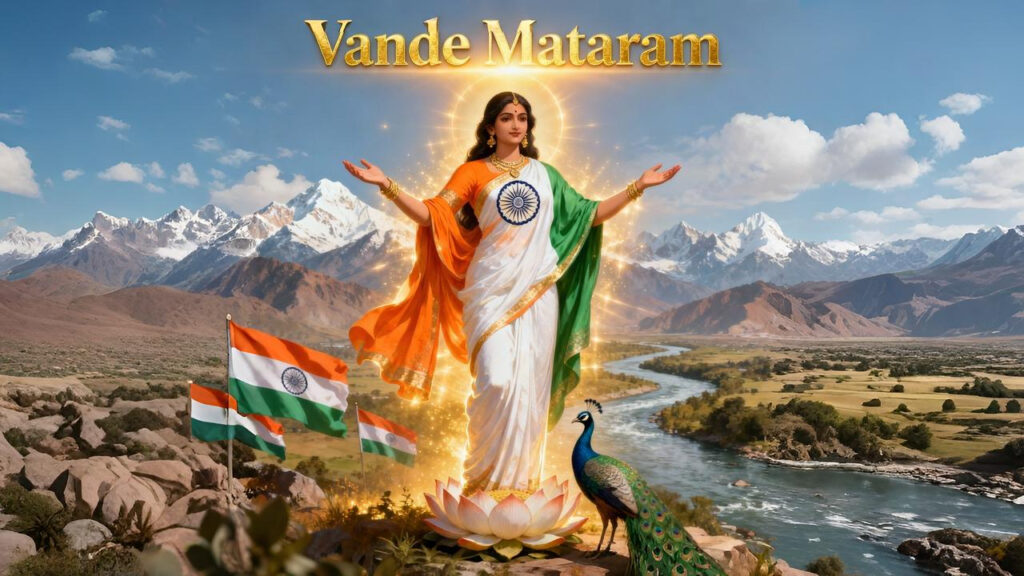On November 7, 2025, India marks 150 years of “Vande Mataram,” a song that grew from a poem into the rallying cry of freedom. As Prime Minister Narendra Modi launches year-long celebrations in Delhi, it’s worth looking back at how these simple verses became the heartbeat of India’s independence movement.
Vande Mataram: A Writer’s Answer to Colonial Power
The story starts on November 7, 1875, when Bankim Chandra Chatterjee wrote these famous lines near the Hooghly River at Chinsura. Working as a government official, Chatterjee was upset by the British push to make Indians sing “God Save the King.” His answer was a beautiful poem mixing Sanskrit and Bengali that portrayed India as a mother.
He first published it in the journal Bangadarshan, then included it in his 1882 novel “Anandamath.” Nobody knew then that this literary work would soon shake the foundations of colonial rule.
When Words Became a Movement
The song’s political life began in 1896. Rabindranath Tagore, who later wrote India’s national anthem, sang “Vande Mataram” at a Congress meeting in Calcutta. The impact was immediate and lasting.
By 1905, during protests against Bengal’s partition, the song was everywhere. A group called Bande Mataram Sampradaya formed in North Calcutta. Members walked through neighborhoods in early morning processions, singing these verses and building support for independence.
The movement reached a defining moment on May 20, 1906, when more than 10,000 people, Hindus and Muslims together, marched through Barisal, united by the song. It became a powerful symbol of India’s collective spirit and the dream of independence.
Why the British Tried to Ban It
The colonial government saw “Vande Mataram” as a threat. They tried to ban it, stopped people from singing it, and punished those who did. But the more they tried to suppress it, the stronger it became.
Freedom fighters sang it before going to jail. Students shouted it during protests. Leaders used it to inspire crowds. The song carried special power because it wasn’t just political, it was spiritual. By calling India a divine mother, it turned the fight for freedom into a sacred duty. Independence became not just a goal, but a shared calling that united people from all walks of life.
The Song That Lives On
After independence, India made it official. On January 24, 1950, President Rajendra Prasad said “Vande Mataram” deserved equal respect with “Jana Gana Mana.” Its first two verses had already become the National Song in 1937, and free India kept that honor.
Now, 150 years later, “Vande Mataram” is more than history. It represents the values that built India: unity across differences, sacrifice for the common good, and love of freedom. The celebrations running through November 2026 remind us that the spirit that once challenged an empire still lives today.
Every time these verses are sung, they connect us to that brave generation that dreamed of a free India and made it real.
Watch this video to know more about the journey of India’s National Song and its enduring legacy.

